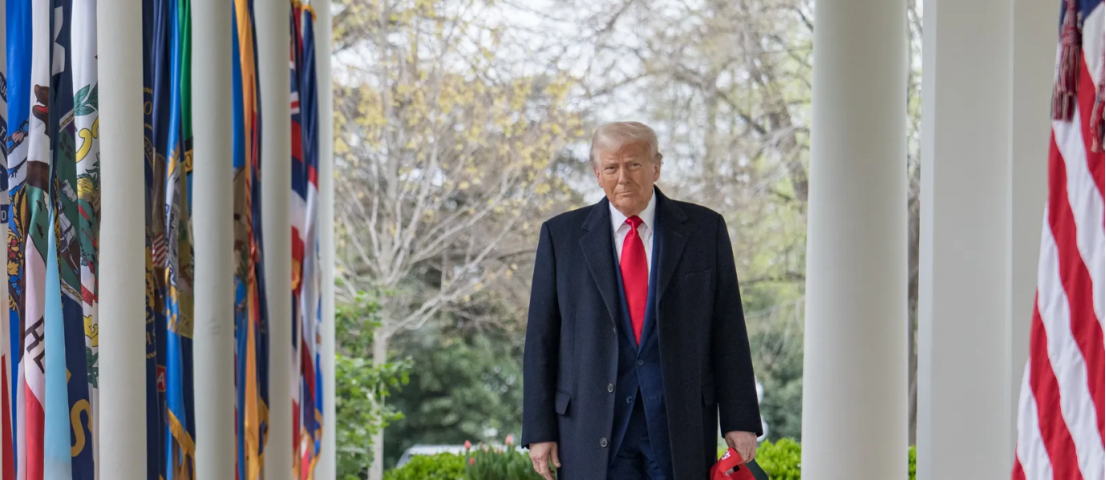According to Bloomberg, U.S. President Trump has imposed a 50% tariff on all imported semi-finished copper products, but has not applied the same tariff on refined copper, avoiding potential cost increases for domestic industries. After the announcement on July 30, copper prices fell by 20%, marking the largest single-day drop since at least 1988. This indicated a significant adjustment in global market expectations regarding the scope of Trump's planned tariffs. The new tariff rate will take effect on August 1, as stated in a briefing from the White House. Most market participants had previously anticipated that Trump would at least impose some tariff on raw copper, which is a key raw material for wiring and other products widely used in residential construction, building, and the automotive industry. The White House noted that the new copper tariff rate is based on Section 232 of the Trade Expansion Act of 1962 and will not be additive to the tariffs Trump imposed earlier this year on imported automobiles. If a product is subject to automobile tariffs, the vehicle import tariffs will apply instead of copper tariffs. In a rare move, Trump invoked the Defense Production Act— a law from the Korean War era that gives the president authority to direct industries to increase the production of materials critical to national security—requiring that 25% of high-quality scrap copper and raw copper forms produced in the U.S. must be sold domestically. The mandatory domestic sales percentage for some raw copper materials will increase to 30% by 2028 and further to 40% by 2029. The White House stated that this aims to "boost U.S. refining capacity by ensuring a supply of low-priced raw materials while encouraging domestic refining companies to scale up production." Just three weeks ago, Trump announced that a 50% tariff would be imposed on imported copper starting August 1, but did not specify which products were covered; this announcement formally confirmed his policy. Following Trump's threat of additional tariffs, a massive lobbying campaign took place in Washington, D.C., with U.S. copper producers, semi-finished manufacturers, scrap recycling companies, and foreign governments all taking action to secure measures favorable to their industries, whether it be exemptions, punitive tariffs, or outright tariff cancellations. Listing copper as a top trade priority caught the global market by surprise, as Trump primarily targeted steel and aluminum during his first term. At that time, copper producers, traders, and consumers were relieved to avoid the tariff impacts. Now, with copper in the crosshairs of U.S. policy, initial reactions saw copper prices soar in New York, as traders profited by rushing to ship copper to the U.S. before the tariffs took effect. However, excluding copper ore, copper concentrate, and refined copper cathodes from the tariff scope has shielded the copper consumption market from the anticipated rise in input costs. As expectations grow for a surge in industrial metal demand over the next decade in the U.S. and other regions, this decision has relieved buyers. Currently, data centers, automotive manufacturers, and electric utilities are competing globally for essential raw materials to enhance electric vehicle and grid capacity.
Trump Imposes 50% Tariff on Imported Copper Products, Excludes Refined Copper

Share this post on: